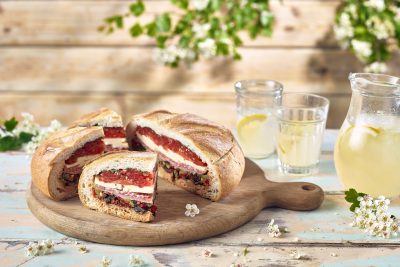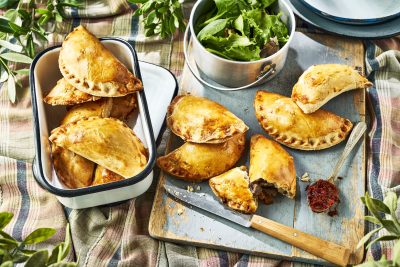
Wild Edibles with Pendle Foraging
by Pete Compston
Foraging Fanatic Pete Compston takes us on a wild shopping trip on our doorstep and shows us the wonders of nature's larder.
As winter relinquishes its grip and nature begins its slow awakening, early spring brings forth a treasure trove of wild edibles, each carrying unique flavours and healthful properties. In this edition, we embark on a journey through the landscapes of just a handful of the many early spring wild edibles, uncovering their remarkable attributes and culinary potential.

Pete Compston
We made it through that long winter. We can now allow our hearts to thaw and heal. As we head toward Spring, bringing forth a vibrant display of plants. As the seasons change, so can our diets, embracing the delicious and energy-boosting wild foods that nature offers. This transition with all the plants around with antioxidant properties allows us to cleanse our systems, beginning the year anew and aligning with the natural rhythm to enhance our gut biomes. By incorporating these wild foods, we contribute to biodiversity, fostering simplicity and fluidity in our surroundings and ourselves. Remember, we are not just observers of nature; we are an integral part of it, intricately connected to the very essence of the natural world.
Please remember that personal responsibility is paramount, as discussed in the last issue. Ensure 100% confidence in your ID before using any wild plant, check for contraindications, as many wild foods have medicinal properties, and always try a small amount before incorporating any wild food into your diet.

Production of birch sap in spring
Silver Birch (Betula pendula): Amidst the stirring woodlands, the silver birch offers a source of nourishment unique to this time of year. As the sap begins its ascent in the birch trees, foragers can tap into this liquid gold. Birch sap, a clear and sweet liquid, flows generously in early spring, providing a refreshing and vitamin-rich beverage. Tapping into the age-old tradition of birch sap collection, we explore the process and savour the essence of this seasonal delight. It is only a short window of time that this is safe to do for the tree. As soon as the buds on the tree start to open up into the unfurled leaves, the tree needs all the nourishment it can get.
“As with much folklore, when science catches up, we learn the scientific truths of the folklore.”
There are plenty of how-to videos on YouTube that will safely instruct you on the best ways to do this without harm to the tree. The betulinic acid in the sap is an absolute tonic for humans, but only to be used sparingly. In addition to meeting the trees’ nutritional needs, it’s crucial to be aware of potential side effects. Excessive consumption may lead to liver damage, and while the anticoagulant properties can be beneficial for blood clots, there are potential risks associated with thinning the blood.
Cleavers
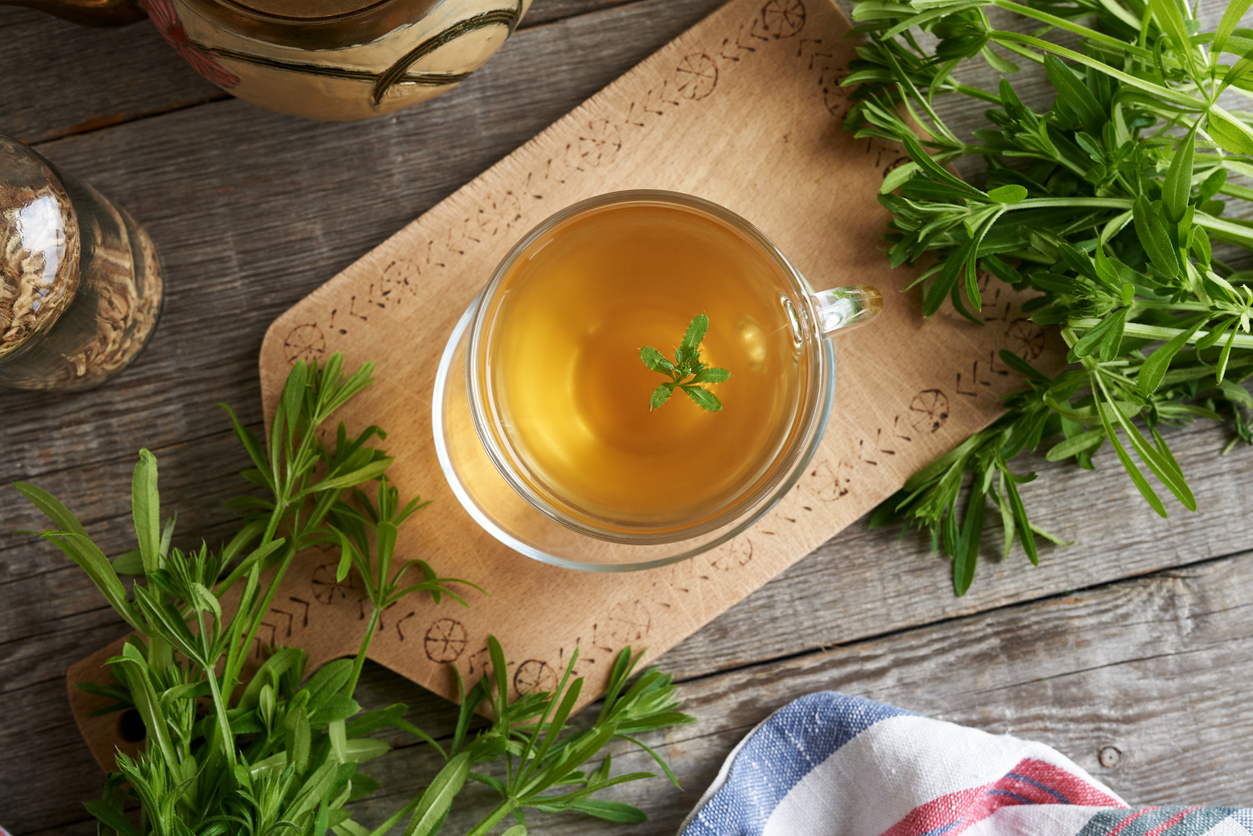
Cleavers tea
Cleavers (Galium aparine): Known for their tenacious growth and clinging nature, cleavers reveal a different facet of their existence in the world of foraging. These seemingly ubiquitous plants are valued for their detoxifying properties. Traditionally used to support the lymphatic system, cleavers are believed to assist in purifying the blood, making them an excellent addition to your early spring foraging repertoire. While young, before the Velcro hooks develop, they are a nice edible, straight from the plant. Once they develop, they become too rough in texture to enjoy in salads but are still great in soups, etc. They have many other uses throughout the year (they are related to coffee in the Rubiaceae family, so the sticky buds, once roasted and ground down, make a great and really healthy coffee).
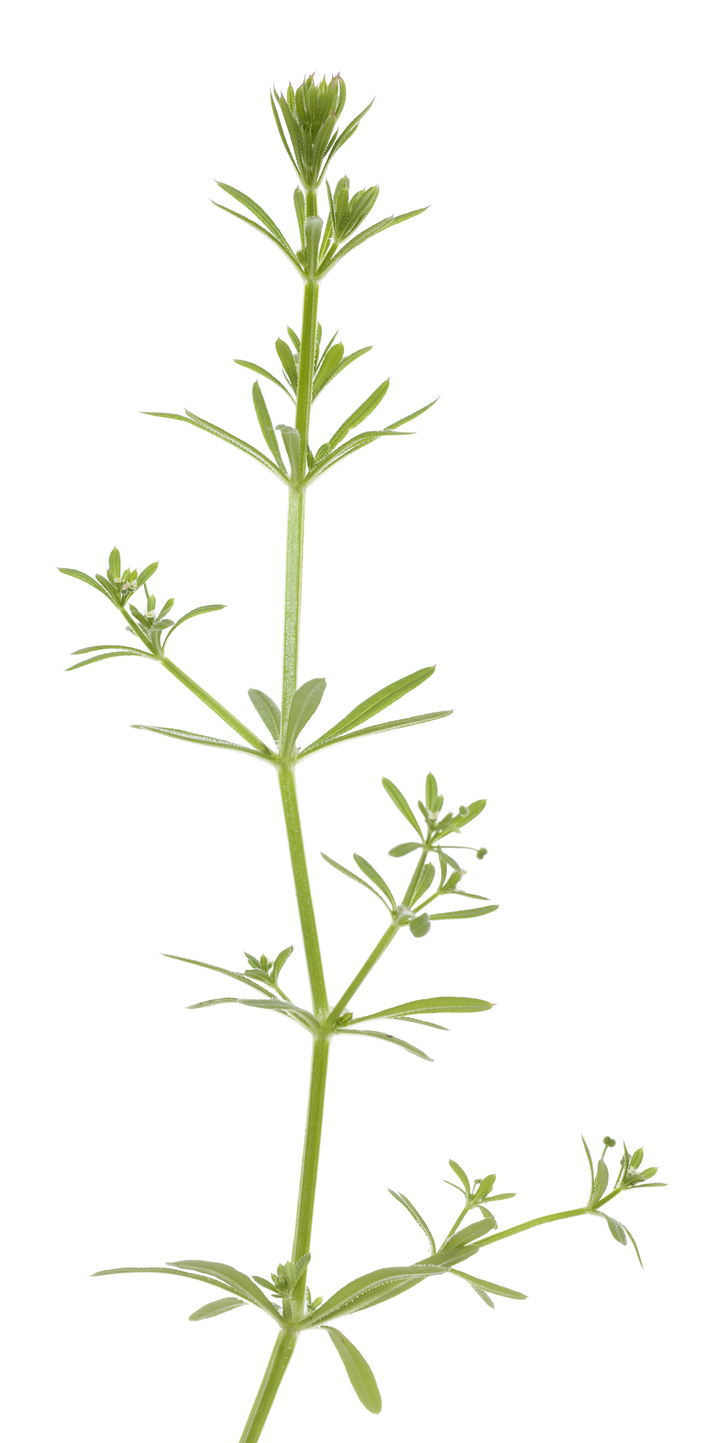
Cleavers (Galium aparine)
This time of year, they are steeped in folklore about starting the year fresh. As with much folklore, when science catches up, we learn the scientific truths of the folklore. I have to say, of all the reports I get back about people’s improved health when including wild foods, this is one of the most prolific. Many people report improved cognitive function, alertness, and a much better sleep pattern. Simply add a handful to water, leave it in the fridge overnight, and swish it about like you would a tea bag. Then, enjoy the sweet, cucumber-tasting water to start your day.
Nettles (Urtica dioica): My absolute favourite plant. I love talking about it and have done so for full days at work, never running out of things to say. Foragers can harvest these nutrient-packed greens that offer a huge wealth of attributes for well-being. Nettles are known to support joint health, boost immunity, and even combat seasonal allergies. Being mindful of the stingers, we discover bountiful rewards, opening up possibilities for culinary creations that extend beyond our imagination.
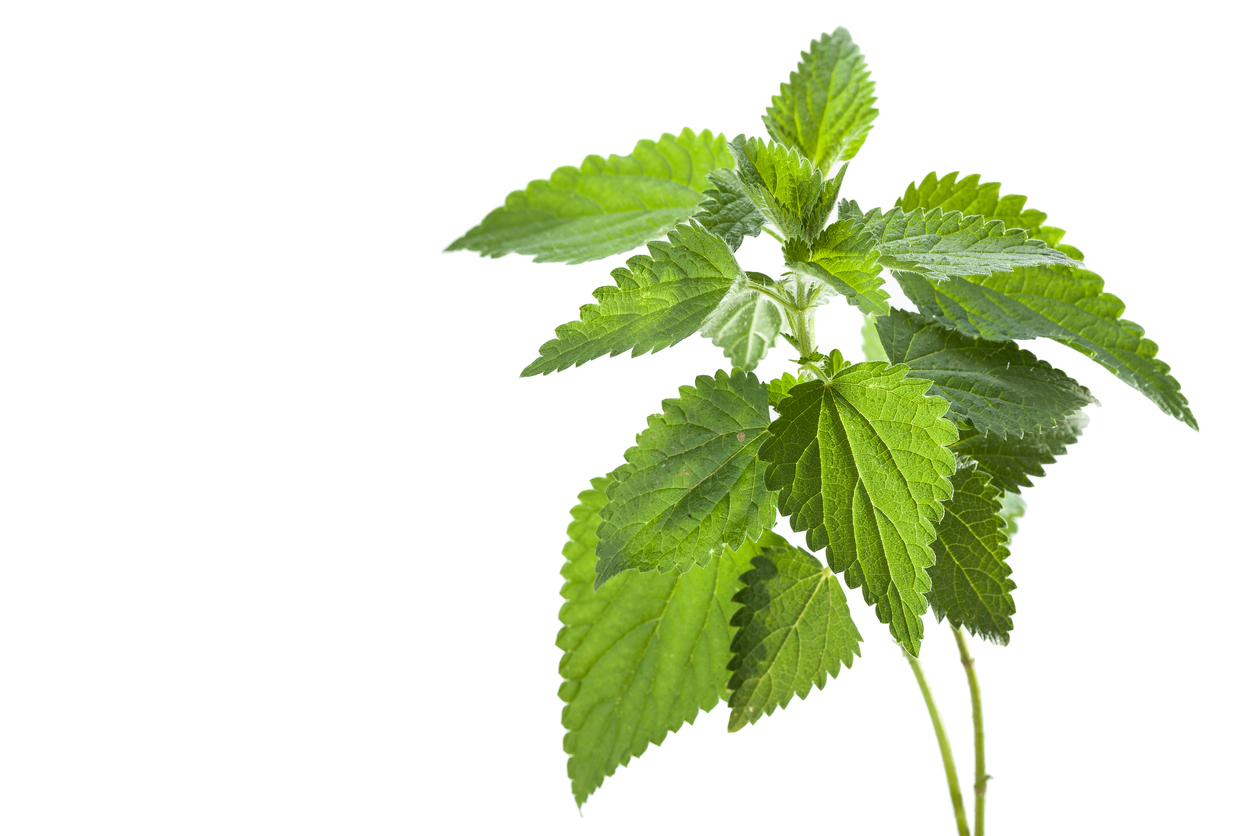
Stinging nettle (Urtica dioica)
The sting is also a very beneficial part of this plant to learn about. It is really useful against rheumatism and arthritis, and it contains histamine for seasonal allergies. The neurotransmitter that causes the ‘pain’ is, in fact, serotonin, too. Urtication, the act of stinging yourself to retrieve the benefits, is certainly something I recommend researching. Obviously, some people react badly to nettle stings, as with any of these wild foods/medicines.
Wild Garlic (Allium ursinum): Carpeting woodlands with its pungent aroma, wild garlic announces the arrival of spring. Also known as Ramsons, this flavourful herb is a culinary delight with medicinal benefits. Rich in allicin, wild garlic exhibits antibacterial and antiviral properties. Beyond its culinary uses, we’ll unravel the medicinal magic hidden in its vibrant leaves, making it a must-have in our spring foraging repertoire. It is a plant to be mindful of when harvesting, which gives me the opportunity to talk again about learning how to be mindful towards nature. It is a good way to stay safe when foraging.
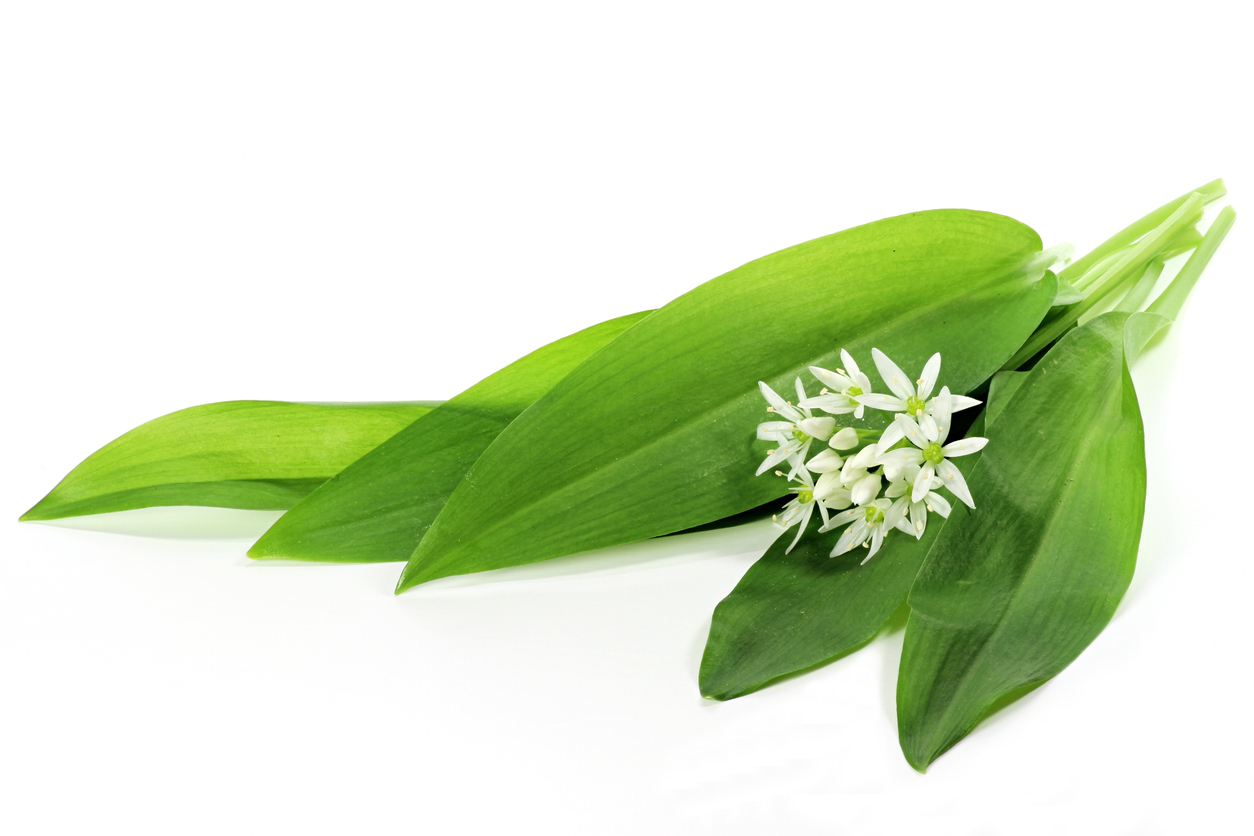
Wild garlic
Amongst the wild garlic, you will commonly find a plant called Lords and Ladies (Arum maculatum) that has a different-shaped leaf but is of a similar texture and colour. When grabbing handfuls, it would be easy to grab a Lords and Ladies leaf or, even worse, a small part of the leaf. Although not toxic as such, it is an incredibly nasty irritant and will cause serious discomfort. When harvesting anything, it is always good practice to pick one leaf at a time. There is something incredibly meditative about this and all things foraging, where spending that little extra time on something repays us with huge benefits.
In conclusion, the palette of early spring’s wild edibles is vast and diverse. These plants, often overlooked as mere ‘weeds,’ hold the key to a more profound understanding of our natural surroundings. As we embrace the seasonal shift and delve into the world of foraging, let these plants guide us toward a more sustainable and connected way of living.
Wild Garlic and Nettle Pakoras
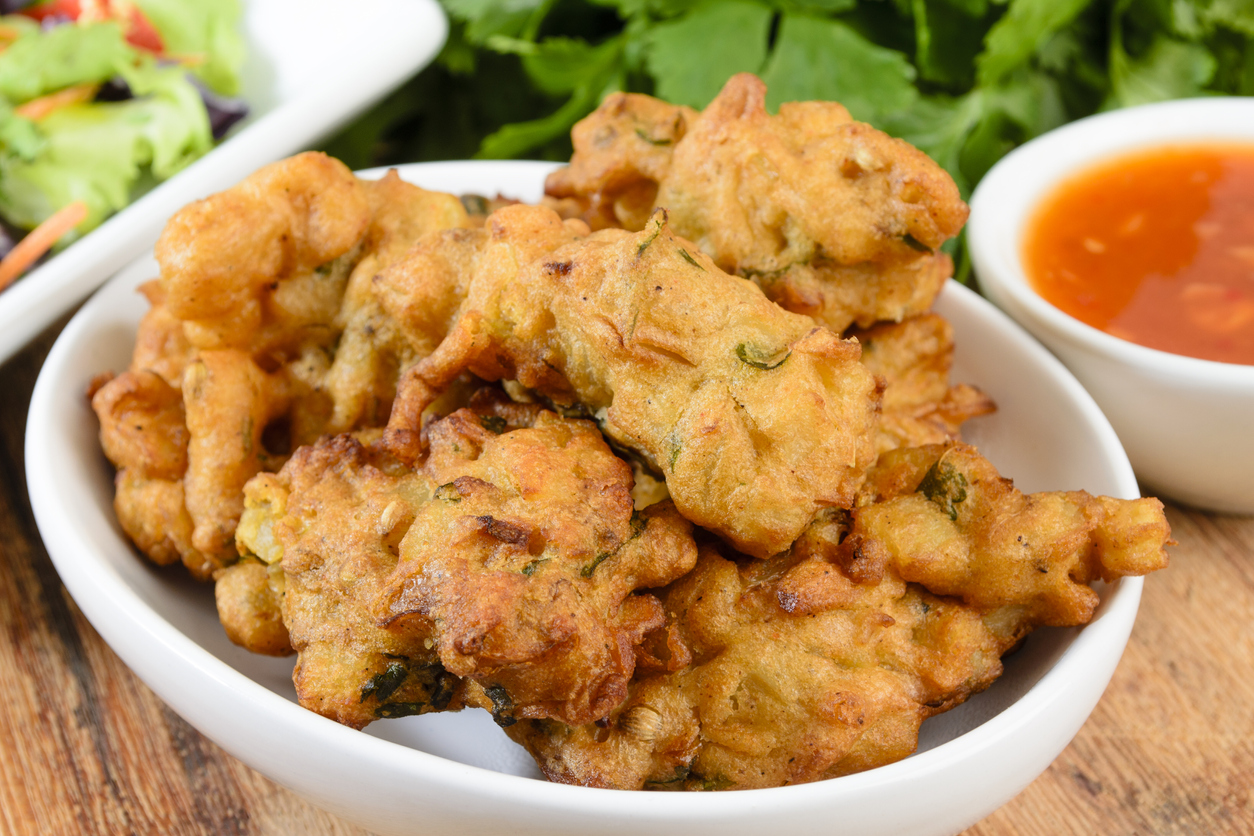
Vegetable pakora or onion bhaji served with salad and chilli sauce.
Ingredients:
- 1 cup nettle leaves (blanched and finely chopped)
- 1 cup wild garlic leaves (chopped)
- 1 cup gram flour (besan)
- 1/2 cup rice flour
- 1 teaspoon cumin seeds
- 1 teaspoon coriander powder
- 1/2 teaspoon turmeric powder
- 1/2 teaspoon red chilli powder
- Salt to taste
- Water (as needed)
- Oil for frying
Instructions:
- In a mixing bowl, combine gram flour, rice flour, cumin seeds, coriander powder, turmeric powder, red chilli powder, and salt. Gradually add water and whisk to form a smooth, thick batter.
- Add the chopped nettles and wild garlic to the batter and mix well. Heat oil in a pan for frying.
- Drop spoonfuls of the batter into the hot oil and fry until golden brown and crispy.
- Remove pakoras and place them on a paper towel to absorb excess oil. Serve hot with your favourite chutney or dip.
Birch Sap and Cleavers Juice: Why not try the idea of cleavers water we discussed here but with birch sap instead of water to go with your pakoras? It is not something you can do daily as you can with the water, but it is a special treat because the trees need the sap, too.
Join us on our free foraging and well-being walks or our vibrant and extremely helpful Facebook community to learn more about foraging etiquettes and safety. Discover the wonders of nature, our connection to it, and the various uses of the wonderful plants, trees, and mushrooms throughout the year. Completely free of any cost or pressure, we are just a group of friends learning together on our land, a blissful haven, and at the wonderful cabin at Lomeshaye Nature Reserve, gifted by Pendle Council, where we cook and craft
together, hosting truly magical gatherings and seasonal celebrations.
Contact us to find out more about what we do. You can find us on Facebook or Instagram at Pendle Plant Craft (we share daily stories on Instagram all about foraging for those who can’t join us on the walks). If you don’t use social media, email us at: pendleplantcraft@gmail.com and be added to our mailing list.
Featured photo credit: Diane Muldowney
NorthernLife March/April/May 23



